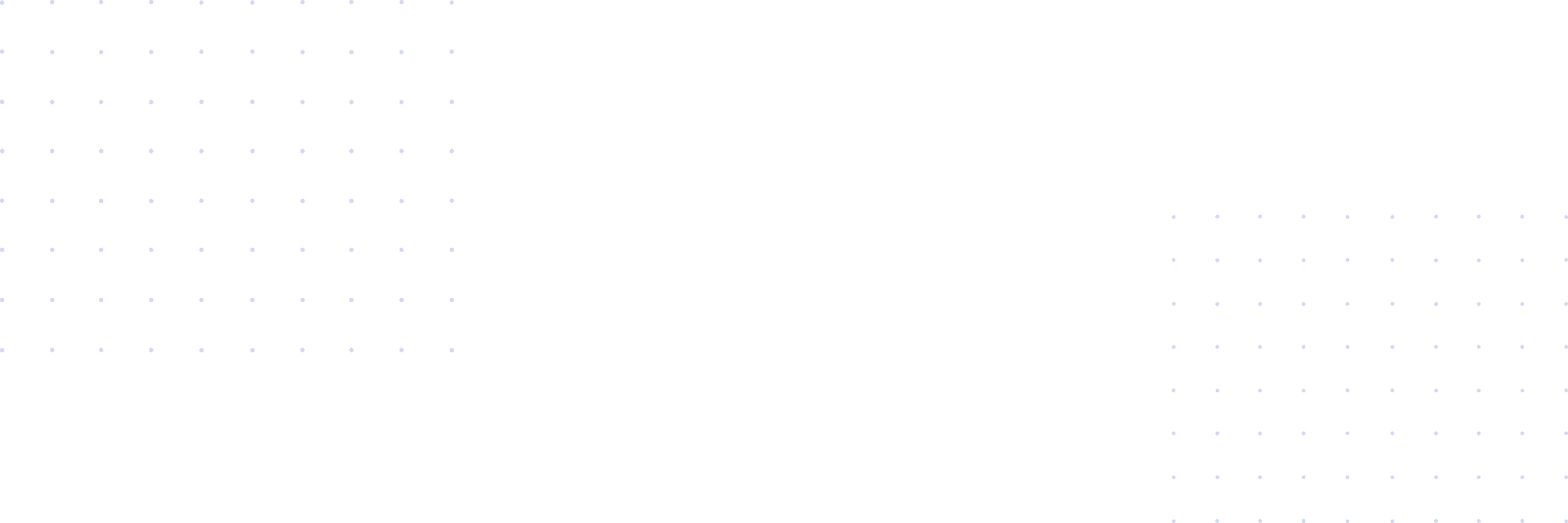Traditional vs High Yield Savings Account
When your children place their money into a high yield savings account, they may be surprised at how quickly their money will grow. While teaching your children about the value of saving money may be easy, teaching them about compound interest may not be as simple. This process can help you explain compound interest.
The biggest difference between a traditional savings account and a high yield savings account is the amount of interest payable on the account. Currently, average interest rates on a traditional savings account are in the area of two percent. High yield savings accounts are currently in the area of about two and a half percent. While this one-half percent may not seem like a lot of money, using the power of compounding, funds grow at a far more rapid rate.
Balance Requirements for a High Yield Savings Account
In general, a high yield savings account requires a minimum balance to receive a higher interest rate. For example, an account with an average daily balance of $100 may not be eligible while an account with an average daily balance of $1,000 might qualify. Some of the benefits will vary from bank to bank and some banks may require a monthly fee be paid to maintain the account.
Understanding Compounding Interest
Compound interest is the interest that is paid on not only the actual amount deposited, but also paid on the interest that is accumulated in the account. Some savings accounts compound daily, while others may compound quarterly or annually. If we use the current average interest rates quoted above for a high yield savings account versus standard savings account, you can determine how much one-half percent changes the amount you can save this way:
- Amount of original deposit: $1,000
- Amount added monthly: $10
- One-half percent interest: .50 compounded daily
- Balance at the end of one year: $1,632.87
To demonstrate this if the same compounding was done monthly instead of daily, after one year the balance would be $1,632.74, and if done semi-annually the balance would be $1,632.08. While these amounts may seem insignificant, there is still a difference. Remember, the total amounts reflect a total of $1,120 in deposits (the base deposit of $1,000 plus 12 monthly deposits of $10 for an additional $120).
Total Interest Changes for Compounding
Keep in mind, we are using only the variance in the above example. Using the current average interest rate the same account using the full interest rate would look like this:
- Amount of original deposit: $1,000
- Amount added monthly: $10
- Two and one-half percent interest: 2.50 compounded daily
- Balance at the end of one year: $1,772.23
As you can explain to your child, a total deposit of $1,120 held for a period of five years would result in them having more than $500 additional in their savings account. This again assumes they are accruing the funds daily versus monthly or semi-annually.
A Simple Exercise to do With Your Child
If you are not quite ready to show your child the difference in their savings account using compounding interest, there is a simple exercise you can do at home and help them understand the value of compounding. Once they understand the concept, they can then grasp the concept of how much more money they could have by putting their money in a high yield savings account versus putting in their piggy bank.
Tell your child you want them to put twenty pennies in a bowl and that you will “add” ten percent of their pennies one time a week into the bowl. The best option is to do this over a period of a month or two and “compound” the money weekly. Here’s what would happen:
Child Adds: 20 cents
- For weeks one through four, not much changes, you add 2 cents per week to the “pot” and the child now has 28 cents in the bank.
- On week five, the “new” 2 cents brings the amount up to 30 cents.
- This means you will now have to add 3 cents to the pot since 3 is ten percent of 30.
- Once this occurs, your child should see the value of compounding very quickly because now you are adding 3 cents each week and after week four there will be 42 cents in the pot and you will have to add 4 cents to the pot weekly.
- In only two weeks, there will be 50 cents in the pot and now you must add 5 cents each week.
From here, it should be easy to show your child how quickly money can grow when it is kept in a bank in a high yield savings account and earning compound interest daily.
Financial literacy is important for everyone, and the sooner you can show your child the value of compound interest, the faster they will understand the value of using savings accounts. Once you have shown them the experiment above, encourage your child to consider using a savings account and to not touch the money once they have deposited in the bank until they have saved money for something they really wanted to save for.






